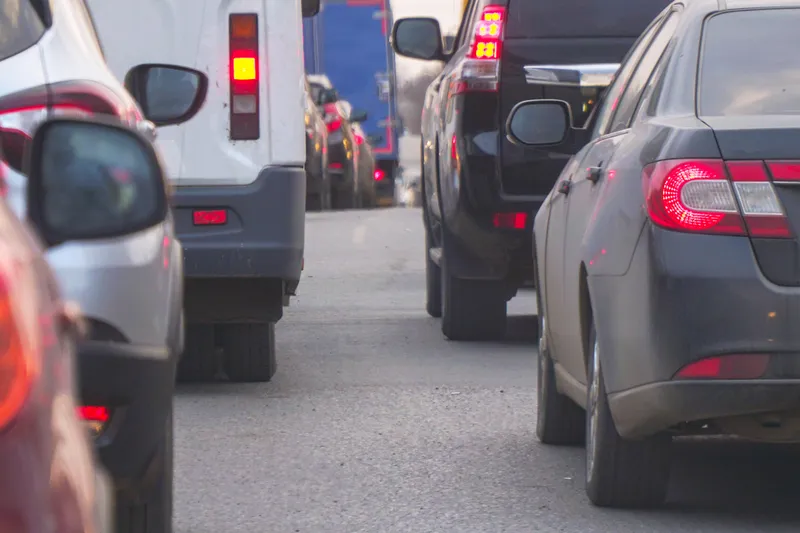Figures released by France’s National Council for Road Safety (CNSR) indicate that the number of people killed on French roads dropped by fifteen per cent in the first half of 2013 compared with the same period last year. Interior Minister Manuel Valls said that 257 fewer people had died in road accidents compared with the first six months of 2012. 2012 was also a record year, with an improvement of eight per cent over 2011. “These results are extremely encouraging,” said Valls, who reiterated his
July 15, 2013
Read time: 2 mins
Figures released by France’s National Council for Road Safety (CNSR) indicate that the number of people killed on French roads dropped by fifteen per cent in the first half of 2013 compared with the same period last year.
Interior Minister Manuel Valls said that 257 fewer people had died in road accidents compared with the first six months of 2012. 2012 was also a record year, with an improvement of eight per cent over 2011.
“These results are extremely encouraging,” said Valls, who reiterated his ambition to reduce the number of fatalities, 3,645 in the whole of 2012, to 2,000 by 2020.
Speed was the primary cause of fatal accidents, said Valls, who has asked the CNSR to consider introducing aircraft-style black boxes in cars, so that the precise cause of accidents can be established.
A drop of 29.5 per cent in May on the year before was attributed by the CNSR attributed to gloomy weather, the financial crisis which has caused motorists to drive more slowly and the introduction of new speed cameras on French roads.
“Without speed cameras we would not have seen such a reduction,” said Valls, adding that the number of mobile cameras in unmarked cars, which have been subject to huge publicity, would soon rise to 100, adding to the 4,000 fixed radars across France.
Interior Minister Manuel Valls said that 257 fewer people had died in road accidents compared with the first six months of 2012. 2012 was also a record year, with an improvement of eight per cent over 2011.
“These results are extremely encouraging,” said Valls, who reiterated his ambition to reduce the number of fatalities, 3,645 in the whole of 2012, to 2,000 by 2020.
Speed was the primary cause of fatal accidents, said Valls, who has asked the CNSR to consider introducing aircraft-style black boxes in cars, so that the precise cause of accidents can be established.
A drop of 29.5 per cent in May on the year before was attributed by the CNSR attributed to gloomy weather, the financial crisis which has caused motorists to drive more slowly and the introduction of new speed cameras on French roads.
“Without speed cameras we would not have seen such a reduction,” said Valls, adding that the number of mobile cameras in unmarked cars, which have been subject to huge publicity, would soon rise to 100, adding to the 4,000 fixed radars across France.








